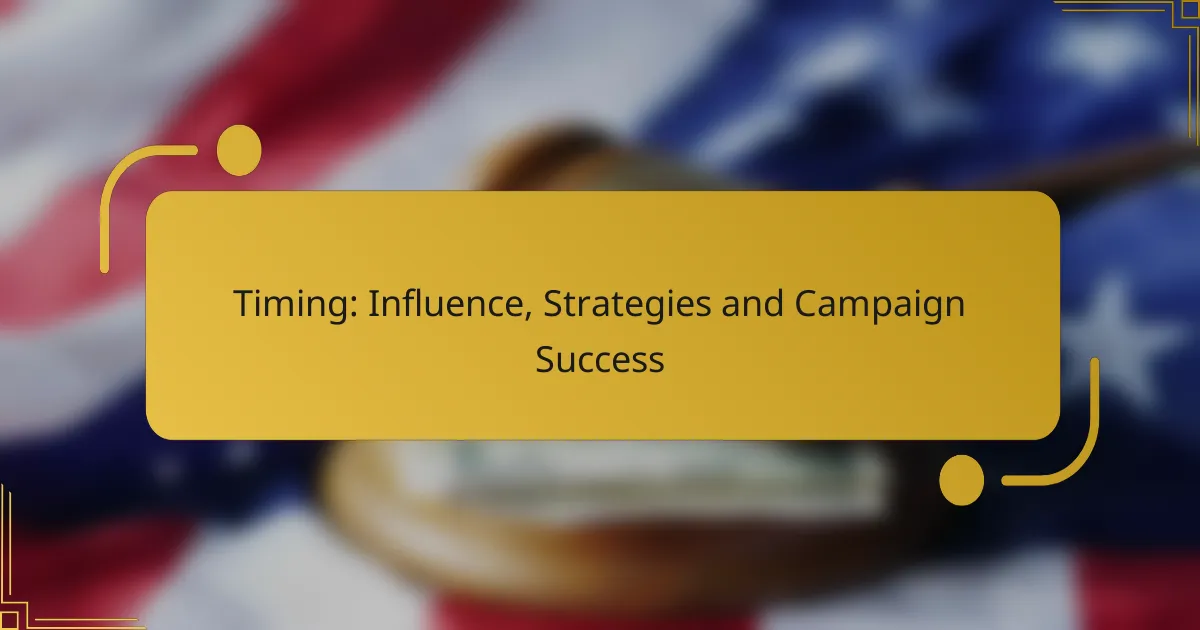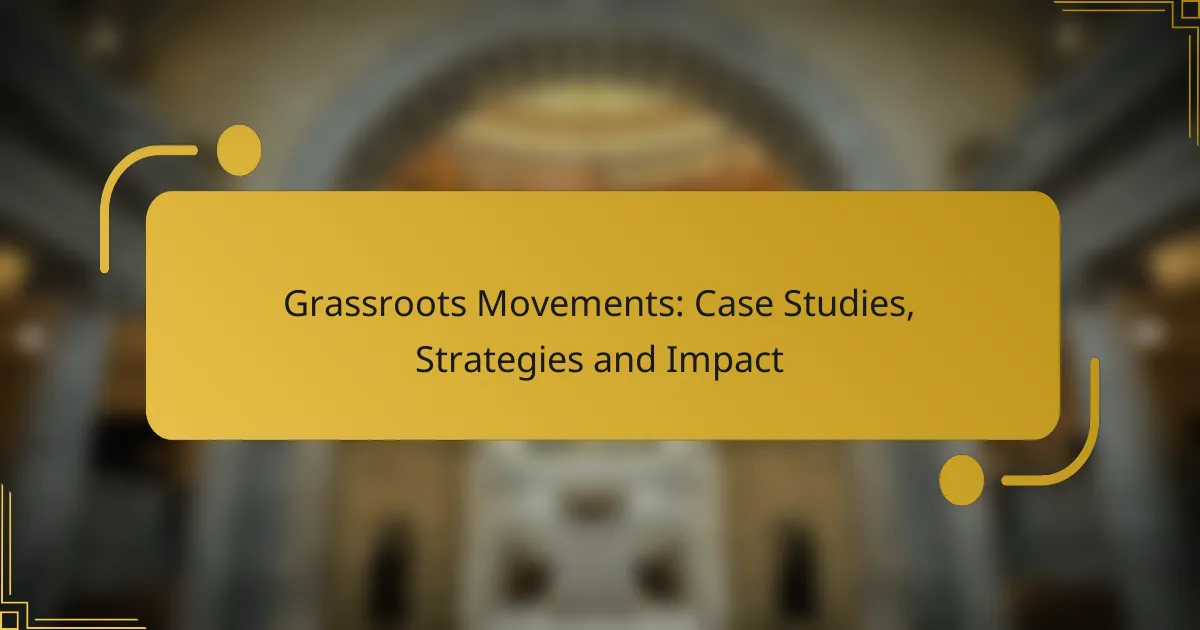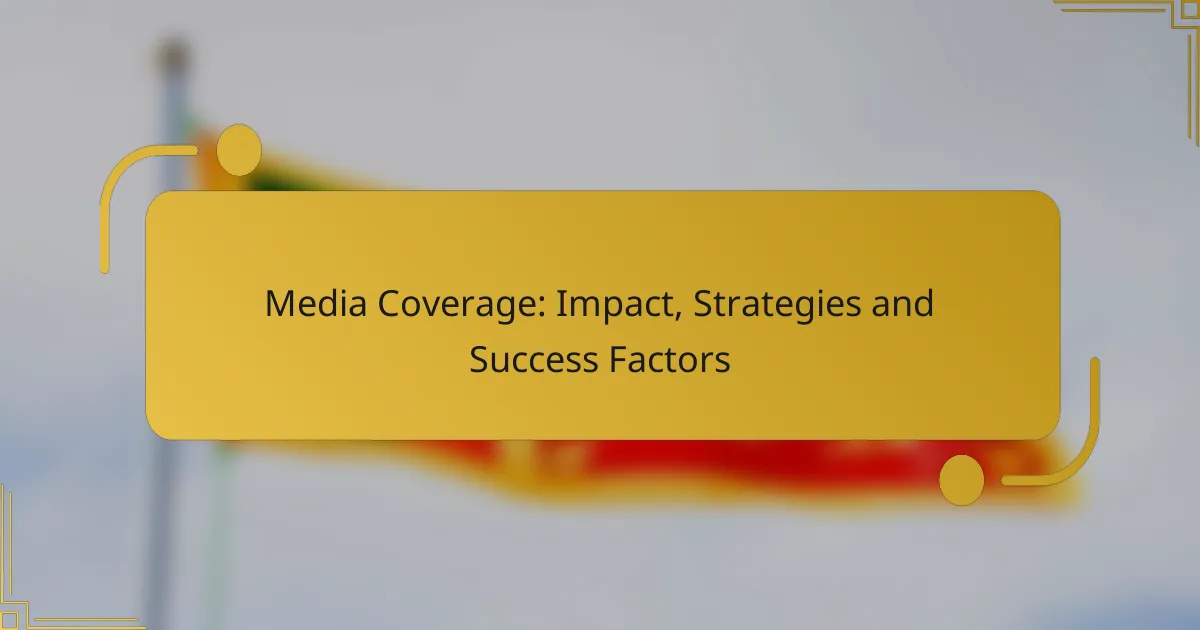Successful boycotts are powerful tools for enacting change, relying on strategic planning and community engagement to disrupt targeted entities. By setting clear goals and fostering strong alliances, organizers can effectively mobilize support and communicate their message, leading to significant shifts in corporate behavior and policy. The collective action of consumers not only raises awareness but also compels businesses and governments to align with the values of the public.
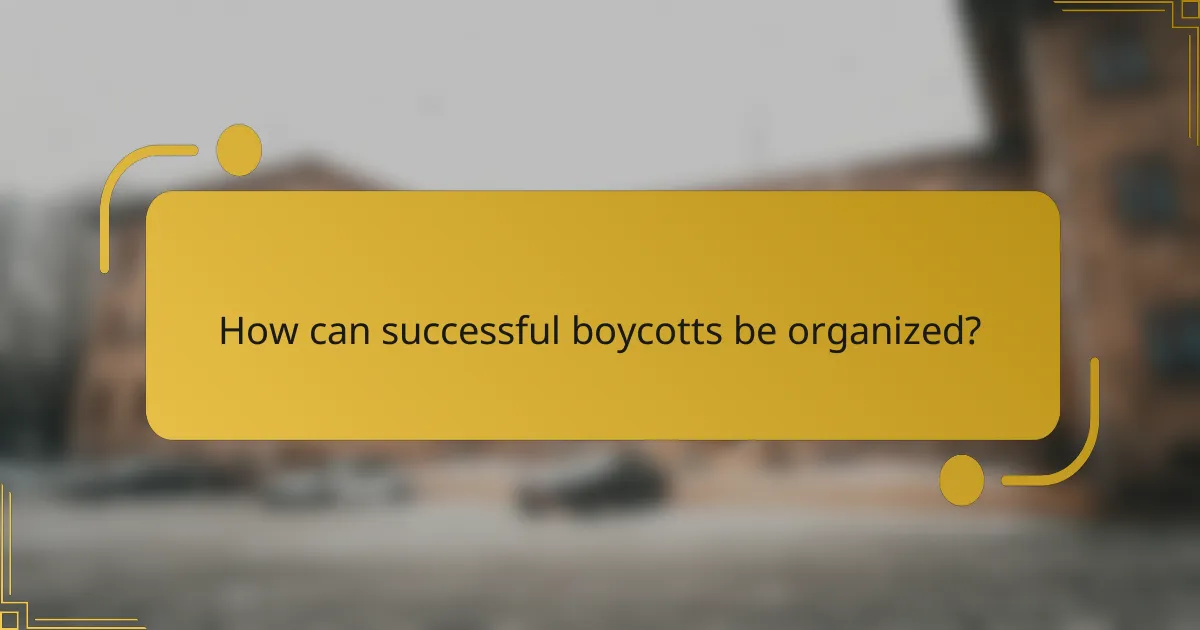
How can successful boycotts be organized?
Successful boycotts require strategic planning and community involvement to effectively disrupt the target entity’s operations. Organizers must focus on clear goals, stakeholder engagement, and effective communication to maximize impact.
Identify key stakeholders
Identifying key stakeholders is crucial for a successful boycott. These include consumers, local businesses, advocacy groups, and even employees of the targeted entity. Understanding their interests and motivations can help tailor the boycott message to resonate with them.
Engage with stakeholders early to build alliances. This can involve meetings, surveys, or social media outreach to gauge their support and gather insights on how to strengthen the boycott’s impact.
Develop clear objectives
Clear objectives provide direction and purpose for the boycott. Define what the boycott aims to achieve, whether it’s changing a policy, raising awareness, or impacting sales. Specific goals help maintain focus and can motivate participants.
Consider setting measurable targets, such as a percentage reduction in sales or a specific number of participants. This allows for tracking progress and adjusting strategies as needed.
Utilize social media platforms
Social media platforms are powerful tools for organizing and promoting boycotts. They allow for rapid dissemination of information and can engage a wide audience. Use platforms like Twitter, Facebook, and Instagram to share updates, rally support, and create a sense of community.
Craft compelling messages and visuals to capture attention. Hashtags can help unify the campaign and make it easier for supporters to find and share content related to the boycott.
Engage local communities
Engaging local communities is essential for grassroots support. Host informational meetings, distribute flyers, or collaborate with local organizations to spread the word. Personal connections can enhance commitment and participation.
Consider organizing events, such as rallies or informational booths, to raise awareness and encourage community involvement. This can also help build a sense of solidarity among participants.
Establish a timeline
Establishing a timeline helps keep the boycott organized and focused. Outline key milestones, such as the launch date, major events, and evaluation points. This structure allows for better coordination and accountability among participants.
Be flexible with the timeline to adapt to unforeseen challenges or opportunities. Regularly review progress and adjust the schedule as needed to maintain momentum and engagement.

What strategies lead to effective boycotts?
Effective boycotts typically rely on strategic planning and execution, focusing on mobilizing support, building alliances, crafting clear messages, and utilizing influential voices. These strategies help create a strong collective impact, driving the desired change.
Grassroots mobilization
Grassroots mobilization involves engaging everyday individuals to participate actively in the boycott. This can be achieved through community meetings, social media campaigns, and local events that raise awareness and encourage participation.
To be successful, grassroots efforts should focus on clear goals and relatable messaging that resonate with the target audience. Utilizing local leaders and community figures can enhance credibility and drive higher engagement.
Coalition building
Coalition building is essential for amplifying the boycott’s reach and effectiveness. By partnering with various organizations, advocacy groups, and community stakeholders, boycotters can pool resources and share networks.
When forming coalitions, it’s crucial to align on shared objectives and maintain open communication. This collaboration can lead to more significant influence and a broader base of support, increasing the chances of achieving the boycott’s goals.
Targeted messaging
Targeted messaging ensures that the boycott’s purpose and demands are communicated clearly and effectively to the intended audience. Crafting messages that highlight the reasons for the boycott and the desired outcomes can foster understanding and support.
Using various channels—such as social media, flyers, and community events—can help disseminate these messages widely. Tailoring the messaging to different demographics can also enhance its impact, ensuring it resonates with diverse groups.
Leveraging influencers
Leveraging influencers can significantly boost the visibility and credibility of a boycott. Engaging individuals with substantial followings or authority in relevant fields can help spread the message to a broader audience.
When selecting influencers, consider their alignment with the boycott’s values and objectives. Collaborating with them on campaigns or events can create a more substantial impact, drawing in their followers and increasing participation in the boycott.
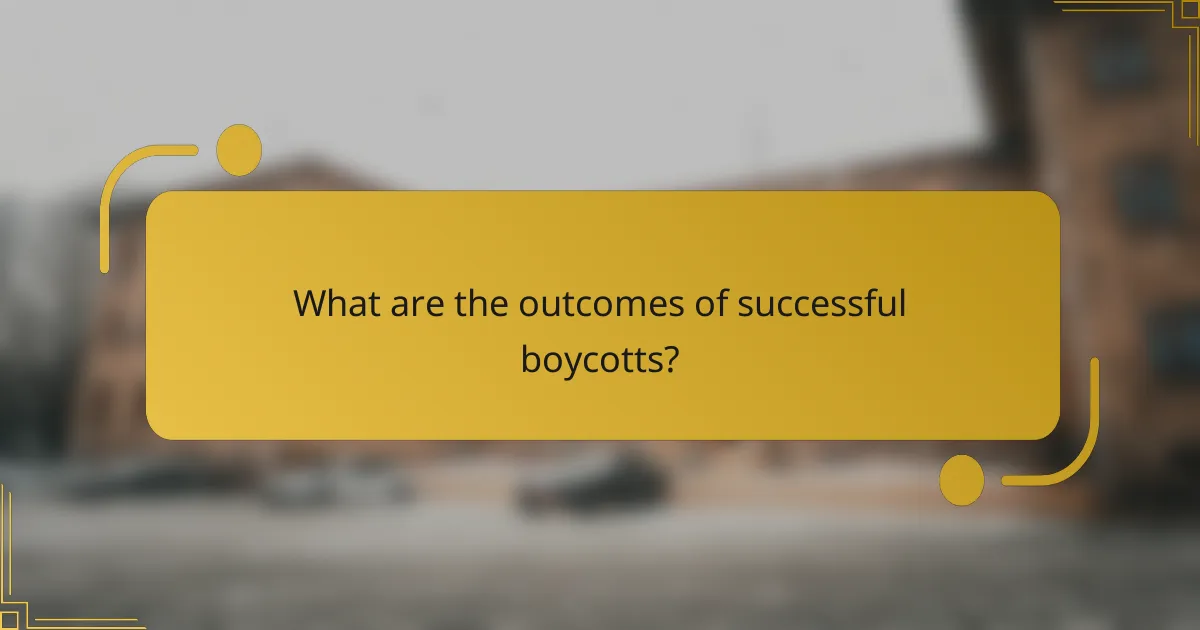
What are the outcomes of successful boycotts?
Successful boycotts can lead to significant changes in corporate behavior, policy adjustments, and heightened consumer awareness. These outcomes reflect the power of collective action in influencing businesses and governments to align with public values.
Increased brand accountability
One of the primary outcomes of successful boycotts is increased accountability from brands. When consumers unite against a company, it forces that company to address grievances and improve practices to regain public trust. For example, brands may implement ethical sourcing policies or enhance labor conditions in response to consumer pressure.
Companies often find themselves compelled to communicate transparently about their practices to avoid further backlash. This can lead to regular reporting on sustainability efforts or social responsibility initiatives, fostering a more responsible business environment.
Policy changes
Successful boycotts can prompt significant policy changes within organizations and even at governmental levels. When a large number of consumers withdraw their support, businesses may revise their policies to align more closely with consumer expectations. This can include changes in environmental policies, labor laws, or corporate governance.
For instance, a boycott against a company for its environmental practices may lead to the adoption of greener technologies or practices. Similarly, public pressure can result in legislative changes, as seen in various countries where consumer activism has led to stricter regulations on corporate behavior.
Consumer awareness
Another crucial outcome of successful boycotts is heightened consumer awareness regarding social and ethical issues. As consumers engage in boycotts, they often educate themselves and others about the underlying issues, such as labor rights or environmental sustainability. This awareness can lead to more informed purchasing decisions in the future.
Moreover, increased awareness can foster a culture of activism, encouraging consumers to support brands that align with their values. This shift can create a ripple effect, influencing other consumers and businesses to prioritize ethical practices and social responsibility.

What lessons can be learned from historical boycotts?
Historical boycotts provide valuable insights into effective strategies for social and economic change. Key lessons include the importance of clear goals, community organization, and sustained commitment to the cause.
Case study: Montgomery Bus Boycott
The Montgomery Bus Boycott, initiated in 1955, was a pivotal event in the American civil rights movement. It demonstrated how collective action can challenge systemic racism and lead to significant policy changes, such as the desegregation of public buses.
Key strategies included mobilizing local leaders, utilizing media to spread awareness, and maintaining a unified front among participants. The boycott lasted over a year, showcasing the power of perseverance and community solidarity.
Case study: Nestlé boycott
The Nestlé boycott began in the 1970s in response to the company’s aggressive marketing of infant formula in developing countries. Activists highlighted the negative health impacts of formula feeding, leading to widespread consumer awareness and action.
This boycott emphasized the importance of ethical consumerism and corporate accountability. It resulted in Nestlé changing its marketing practices and adopting more responsible policies regarding infant nutrition.
Case study: South African apartheid boycott
The boycott against South Africa during the apartheid era was a global movement aimed at pressuring the government to end racial segregation. It involved divestment from companies operating in South Africa and the cessation of trade with the country.
This case illustrates the effectiveness of international solidarity and economic pressure in achieving political change. The boycott contributed to the eventual dismantling of apartheid and highlighted the role of global activism in local struggles for justice.
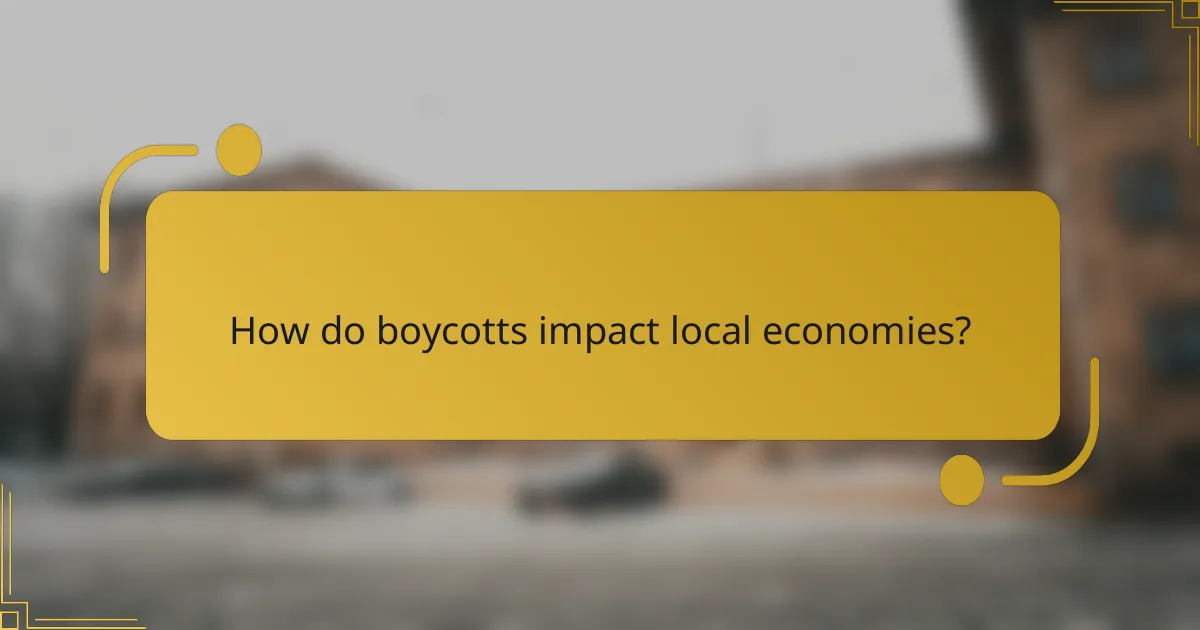
How do boycotts impact local economies?
Boycotts can significantly affect local economies by reducing sales for targeted businesses, which may lead to job losses and decreased tax revenues. The extent of this impact often depends on the size of the boycott and the economic reliance of the community on the affected businesses.
Direct financial consequences
When a boycott is successful, businesses may experience a sharp decline in revenue. This can lead to immediate financial strain, forcing companies to cut costs, which often includes layoffs or reduced hours for employees. For instance, a boycott against a local retailer could result in a loss of tens of thousands of dollars in sales within a short period.
Long-term economic effects
In the long run, sustained boycotts can alter the economic landscape of a community. Businesses that struggle to recover may close permanently, leading to a loss of jobs and diminishing local investment. Communities may also see a shift in consumer behavior, with residents seeking alternatives that align more closely with their values.
Community response and adaptation
Local economies often adapt to boycotts through community support for alternative businesses or initiatives. This can include promoting local products or services that align with the boycott’s goals. For example, if a major chain is boycotted, local farmers’ markets or independent shops may see increased patronage as consumers seek to support local alternatives.

